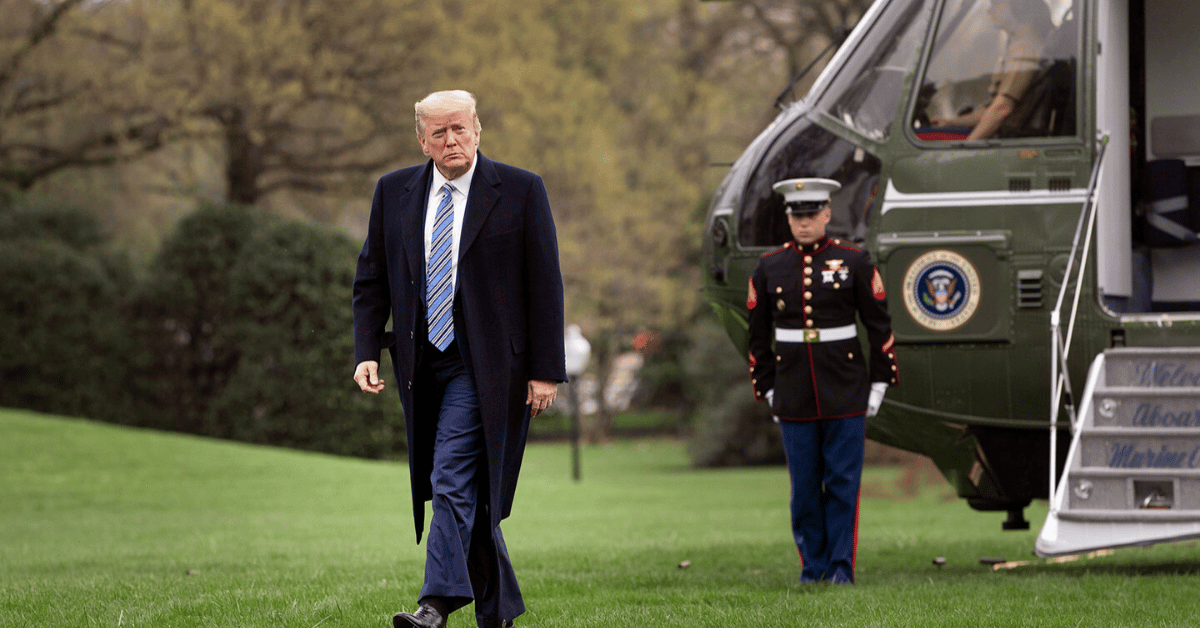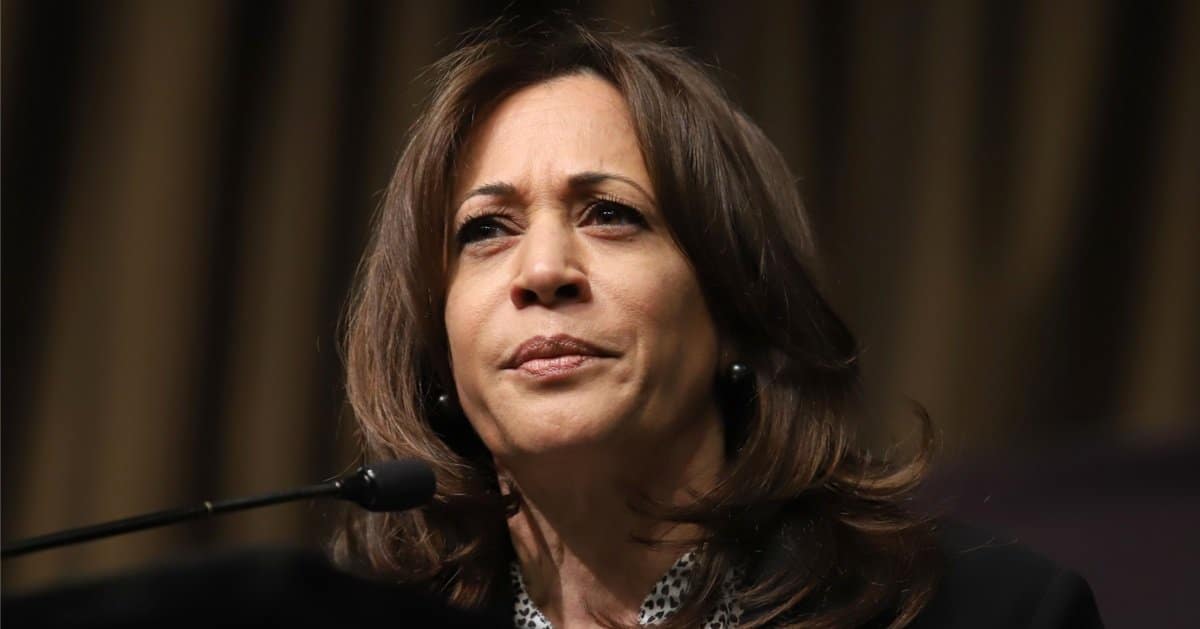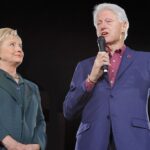

The economy’s roaring back! The U.S. economy surged at a 3% annualized growth rate in the second quarter, shrugging off earlier stumbles like a champion boxer. The Commerce Department dropped this bombshell Wednesday, proving the nation’s still got some fight left.
Breitbart from April to June, gross domestic product (GDP), the yardstick of economic health, climbed 3%, a sharp rebound from the first quarter’s measly 0.5% drop.
This growth spurt outpaced the Dow Jones’ modest 2.3% prediction, showing the economy’s got more muscle than Wall Street expected.
Consumer spending, the engine of this comeback, revved up by 1.4%. But it’s not all sunshine and tailwinds—exports took a 1.8% hit, and inflation’s still lurking like an uninvited guest.
The personal consumption expenditures (PCE) price index, the Federal Reserve’s go-to inflation gauge, rose 2.1%, down from 3.7% in the first quarter. Core PCE, which strips out food and energy volatility, ticked up 2.5%, a cooldown from 3.5%.
American shoppers deserve a tip of the hat—they drove this 3% growth with a 1.4% spending surge. While progressive economists might credit endless government handouts, it’s clear the real fuel is hardworking folks opening their wallets despite tight budgets. The data screams resilience, not reliance.
Heather Long, chief economist at Navy Federal Credit Union, called the economy “resilient” and noted consumers are “hanging in there.”
Resilient? Sure, but let’s not sugarcoat it—families are stretched thin, and trade deals need to close to ease the strain. Long’s optimism feels like a pat on the back when a lifeline might be more apt.
Inflation’s grip is loosening but hasn’t let go entirely. The PCE index’s 2.1% rise is closer to the Fed’s 2% target, but core PCE’s 2.5% climb signals price pressures aren’t history yet. It’s progress, not a victory lap.
The Federal Reserve, meeting Wednesday, is expected to keep its key borrowing rate steady at 4.25%–4.5%.
That’s no surprise—it’s been locked in that range since December, a pragmatic move to tame inflation without choking growth. Critics of endless rate hikes might cheer, but caution’s still the name of the game.
First-quarter GDP was a dud, shrinking 0.5% as inflation and global headwinds bit hard. The second quarter’s 3% rebound shows the economy’s got grit, but exports’ 1.8% drop hints at trade deals needing a swift kick to get moving. Protectionist policies, often mocked by globalists, might just be the shield America needs.
Consumer spending’s 1.4% jump isn’t just numbers—it’s people buying cars, groceries, and maybe a coffee without wincing.
Yet, with exports sliding, the trade deficit could drag if those deals Long mentioned don’t materialize. The economy’s running, but it’s not a sprint yet.
Inflation’s cooling off, but don’t pop the champagne. The PCE index dropped from 3.7% to 2.1%, and core PCE eased from 3.5% to 2.5%, but prices still sting.
The Fed’s 2% target is in sight, yet every day Americans feel the pinch at the pump and checkout. Long’s quip about consumers being “on edge” until trade deals wrap up rings true.
She’s right—trade uncertainty’s a cloud over this growth. But pinning hopes on global agreements feels like waiting for a bureaucracy to hustle, which it rarely does.
The Fed’s rate hold at 4.25%–4.5% is a nod to stability, not a cure-all. It’s a tightrope walk—curb inflation without derailing growth. So far, it’s working, but don’t expect miracles from central bankers in suits.
Exports falling 1.8% is a red flag for a globalized world obsessed with open markets. While woke trade policies push borderless dreams, this dip suggests America needs to prioritize its backyard. Strong consumer spending can’t fully offset a trade stumble.
The second quarter’s 3% GDP growth is a win, no question, but it’s not a free pass. Inflation’s down, spending’s up, but exports and trade deals need to catch up to keep this momentum. The economy’s showing muscle, yet it’s not out of the woods.



